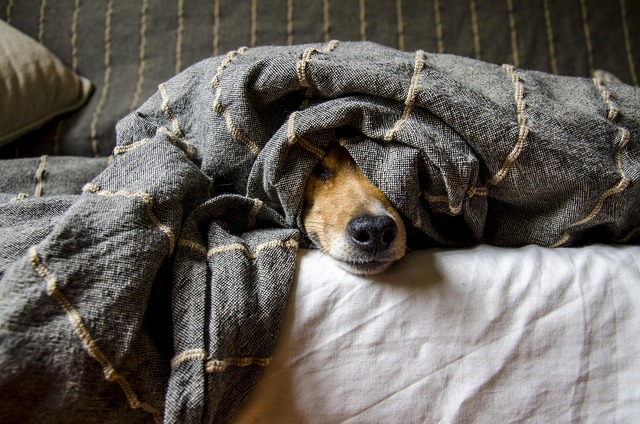
Calm in the Chaos: Helping Your Dog Navigate Fear and Anxiety
Just like humans, dogs experience fear and anxiety—it’s a natural response to certain situations. Thunderstorms, fireworks, vet visits, separation, or even a new environment can turn your usually calm companion into a bundle of nerves. As pet parents, it’s our job to help them feel safe, seen, and supported.
Let’s explore how you can identify anxiety in your dog and what you can do to ease their stress and bring back the tail wags.
Signs Your Dog Is Anxious or Afraid
Anxiety in dogs doesn’t always look like shaking in a corner. Here are some common signs to watch for:
- Excessive panting or drooling
- Pacing or restlessness
- Whining, barking, or howling
- Hiding or trying to escape
- Destructive behavior (especially when alone)
- Loss of appetite
- Accidents in the house (even if house-trained)
- Clinginess or constant following
Recognizing these signs is the first step in offering comfort and care.
Common Triggers for Dog Anxiety
Understanding what’s causing your dog’s anxiety helps you address it more effectively. Some common triggers include:
- Separation anxiety when left alone
- Loud noises like fireworks, thunder, or vacuums
- Unfamiliar environments or people
- Past trauma (especially in rescue dogs)
- Changes in routine
- Trips to the vet or groomer
How to Support Your Anxious Dog
1. Create a Safe Space
Designate a quiet, cozy area in your home where your dog can retreat during stressful situations. Include their favorite bed, blankets, and toys. Dimming the lights or using a white noise machine can help too.
2. Stay Calm and Reassuring
Dogs take emotional cues from us. If you’re calm, it helps them stay calm. Speak in a soft voice, use slow movements, and avoid overreacting to their fear (even if they’re being destructive).
3. Offer Comfort Items
Give them a favorite toy or an item of clothing that smells like you. Calming vests or wraps (like the Thundershirt) provide gentle pressure, which can help reduce anxiety.
4. Exercise and Mental Stimulation
Physical activity and brain games help burn off nervous energy. A tired dog is a more relaxed dog! Try puzzle toys, nose work, or a game of tug indoors.
5. Use Calming Aids
There are several natural and over-the-counter options to consider:
- Calming chews (with ingredients like L-theanine or chamomile)
- CBD oil (dog-specific and vet-approved)
- Pheromone diffusers or sprays (like Adaptil) Always consult your vet before trying new supplements.
Training and Desensitization
If your dog has a specific fear (like thunder or the vacuum), gradual exposure paired with positive reinforcement can help reduce their anxiety over time. This is known as desensitization and counter-conditioning.
Start small—like playing low-volume thunder sounds—and reward calm behavior with treats. Over time, increase the intensity as your dog builds confidence.
When to Seek Professional Help
If your dog’s anxiety is severe or doesn’t improve with at-home strategies, it’s time to involve a professional:
- Veterinarians can rule out medical issues and suggest treatments
- Certified trainers or behaviorists specialize in anxiety-related behavior
- Medication may be necessary in some cases for your dog’s well-being
There’s no shame in needing extra help—just love and care for your dog.
Image by Fale Llorente Almansa from Pixabay
